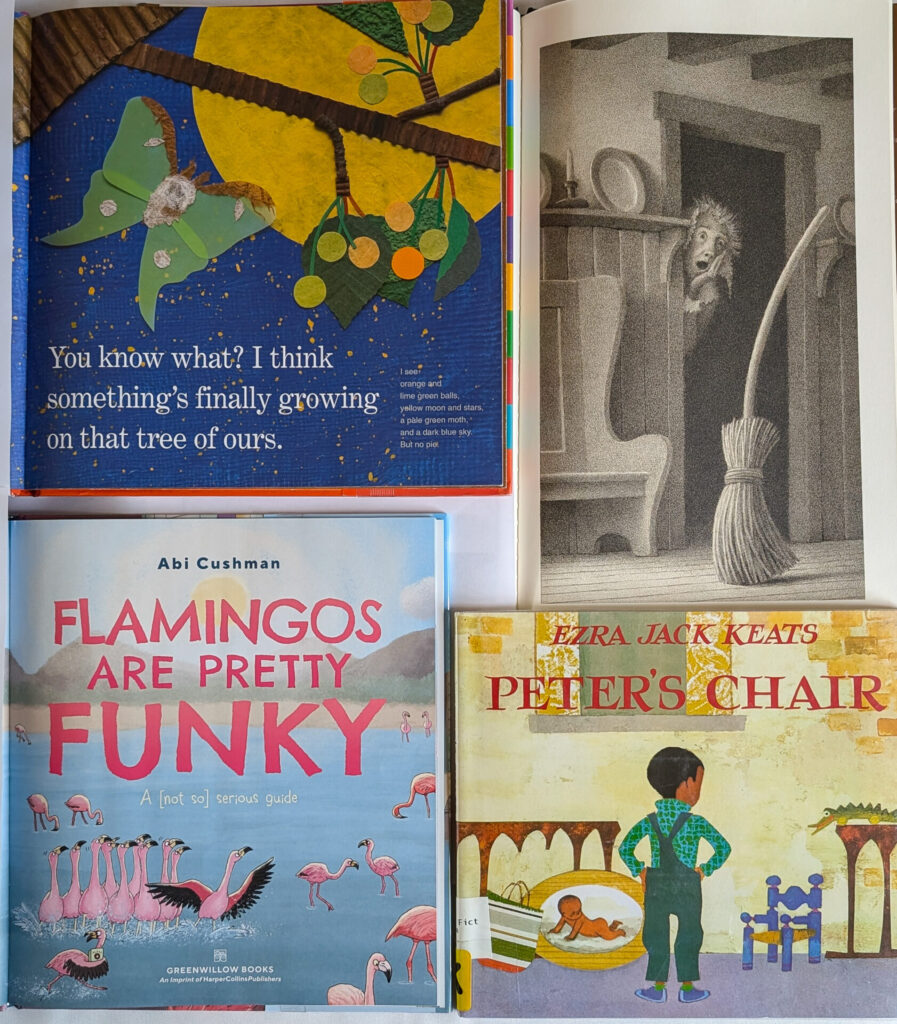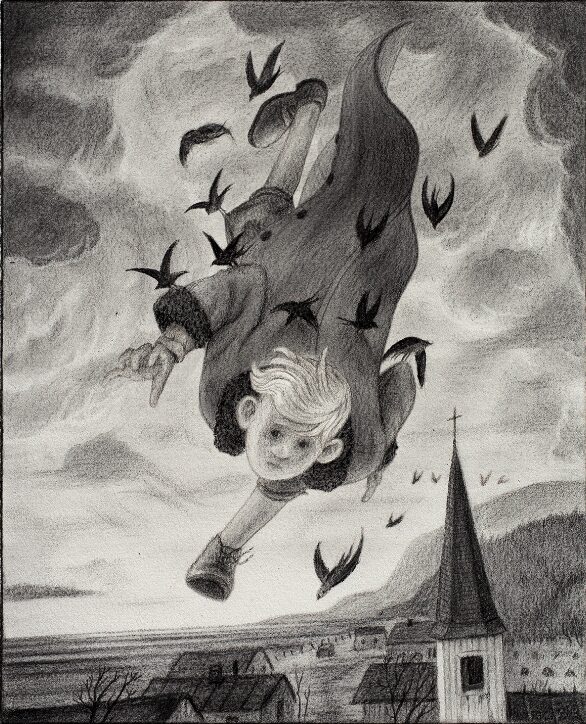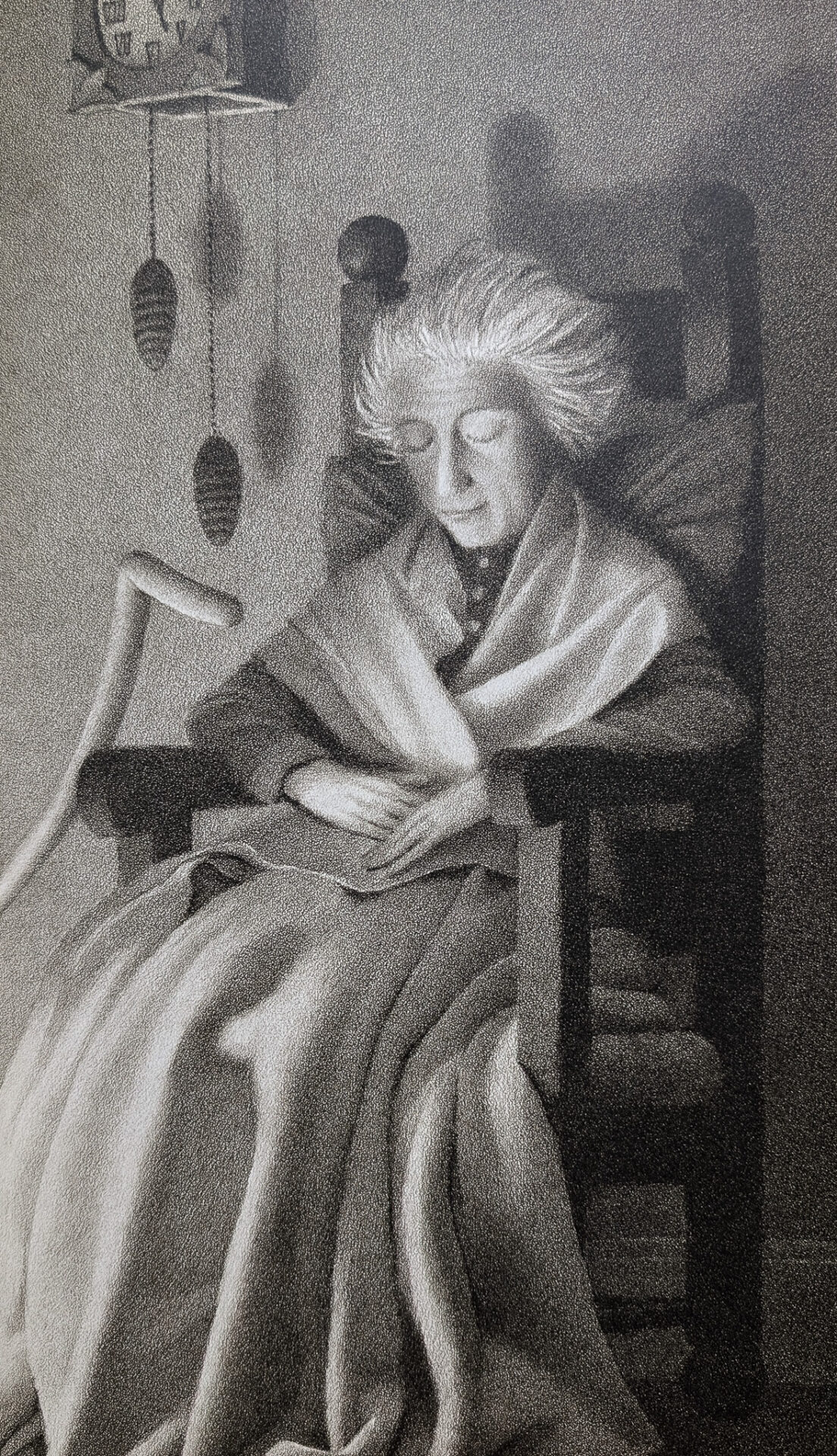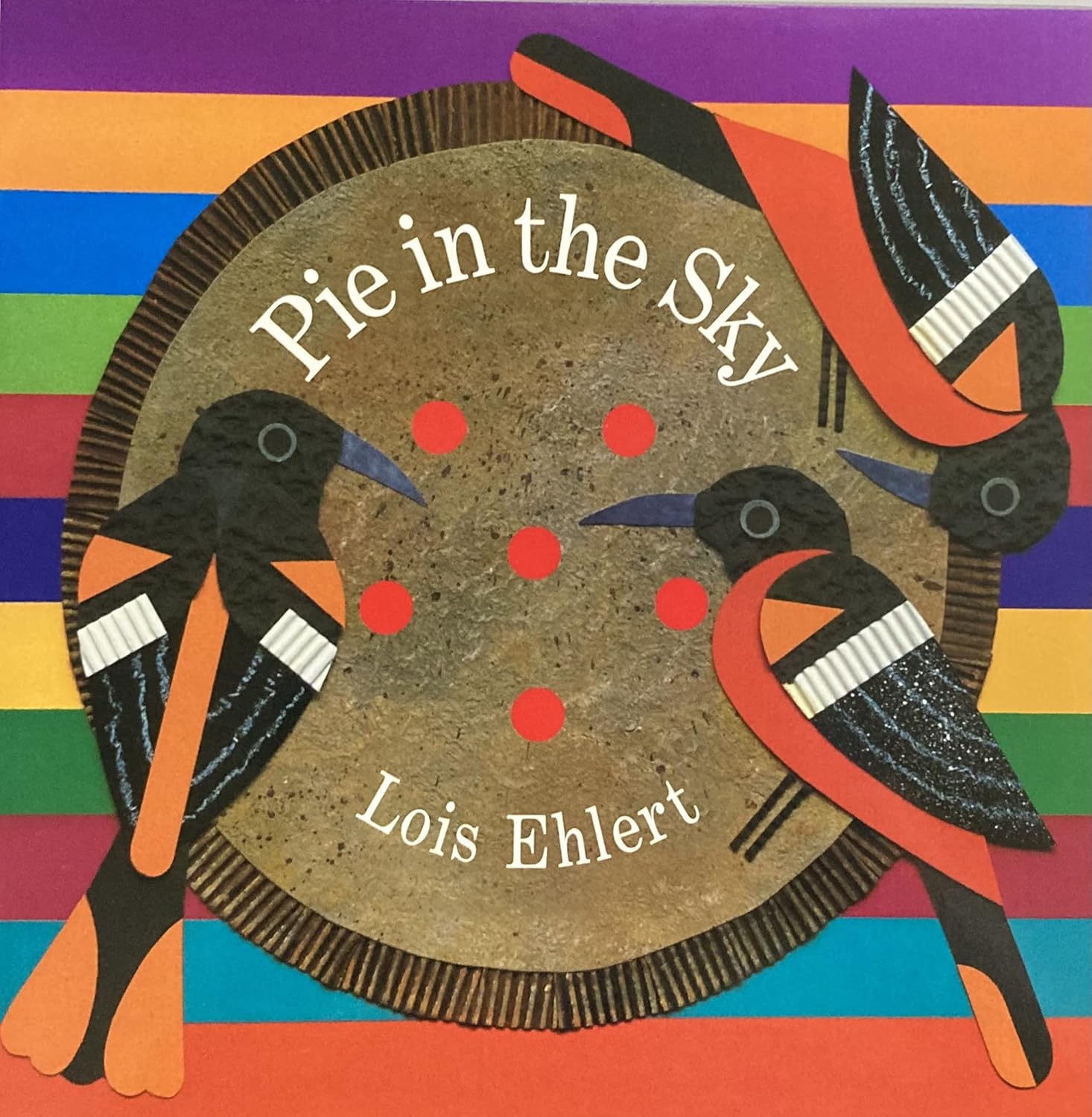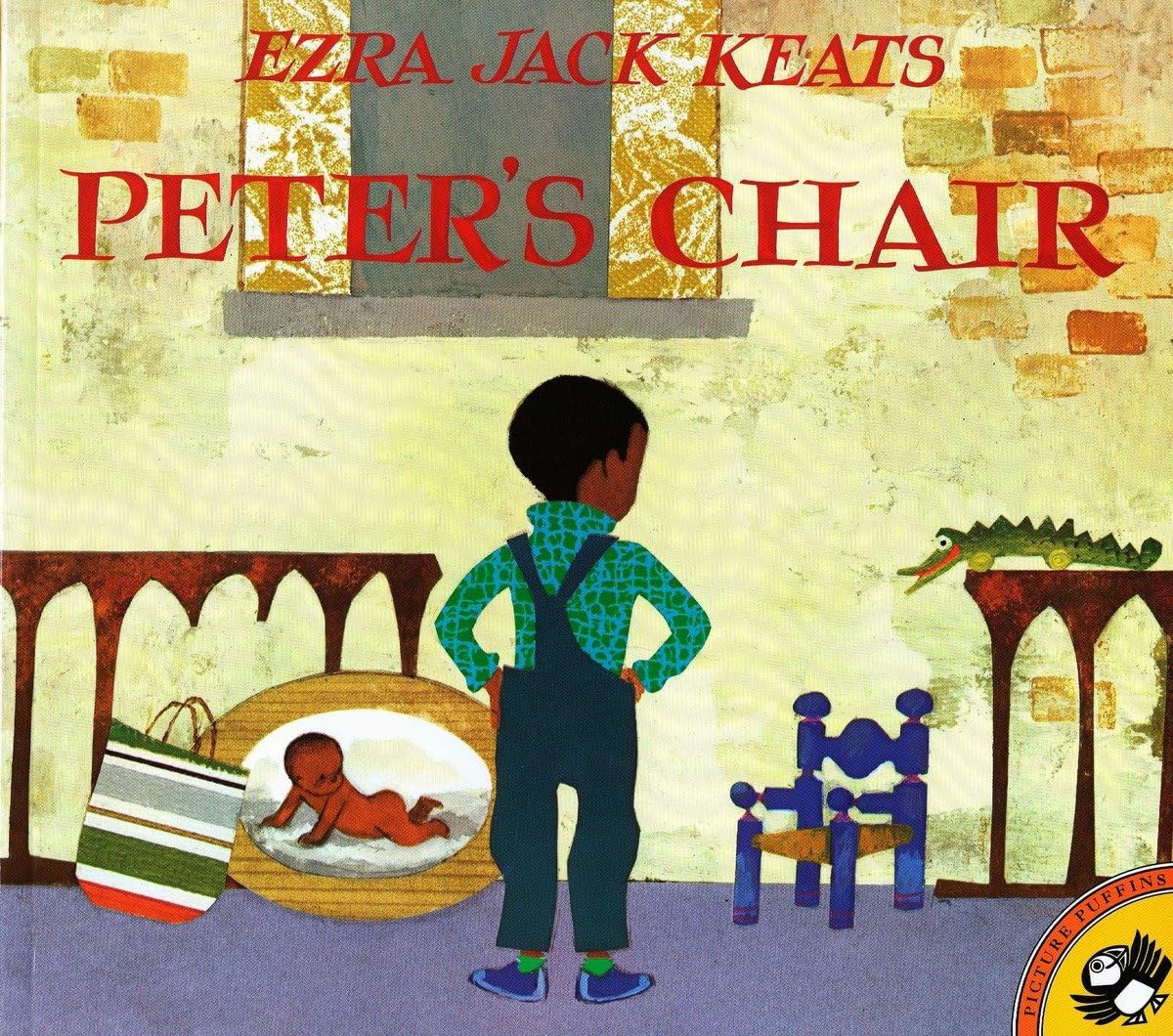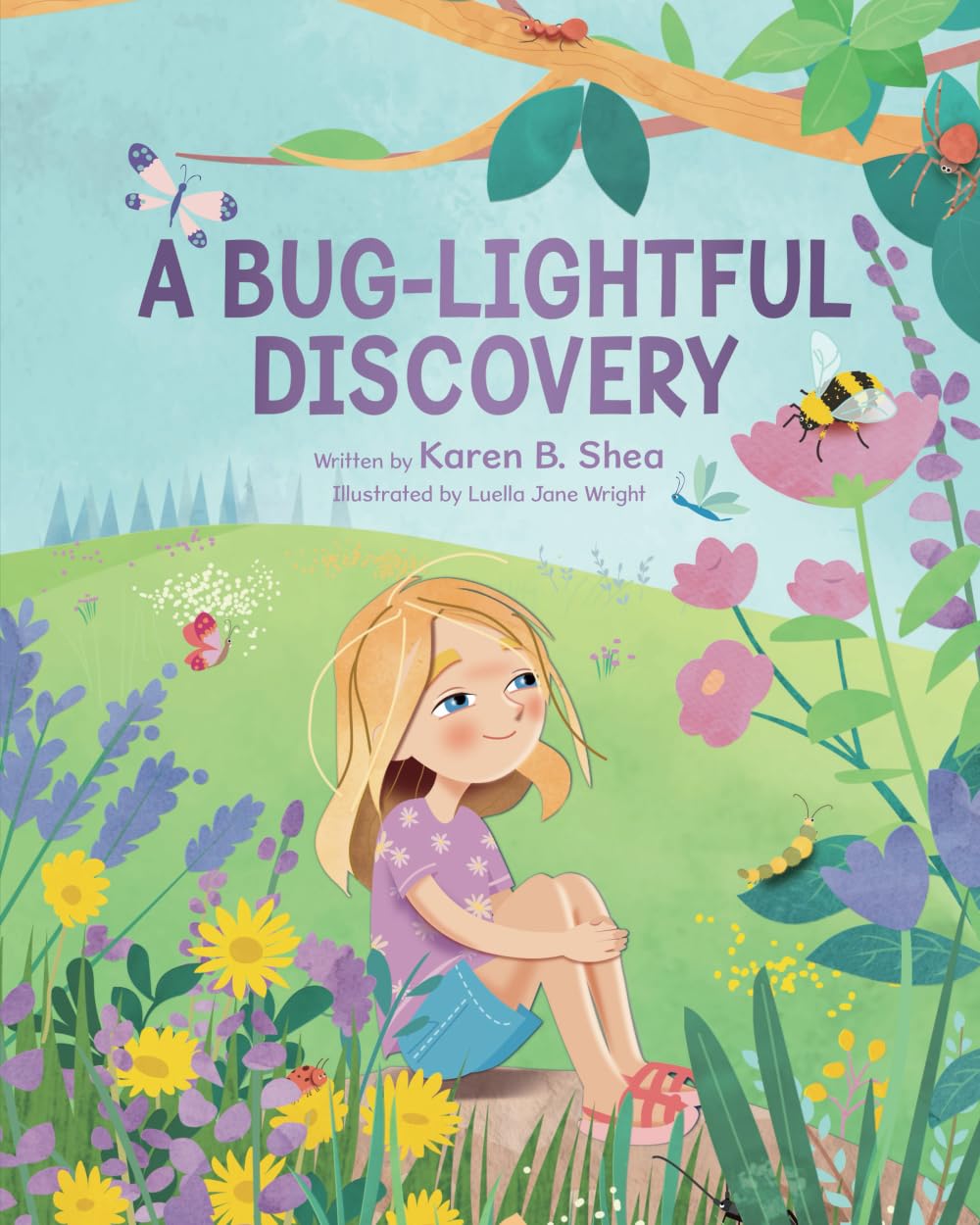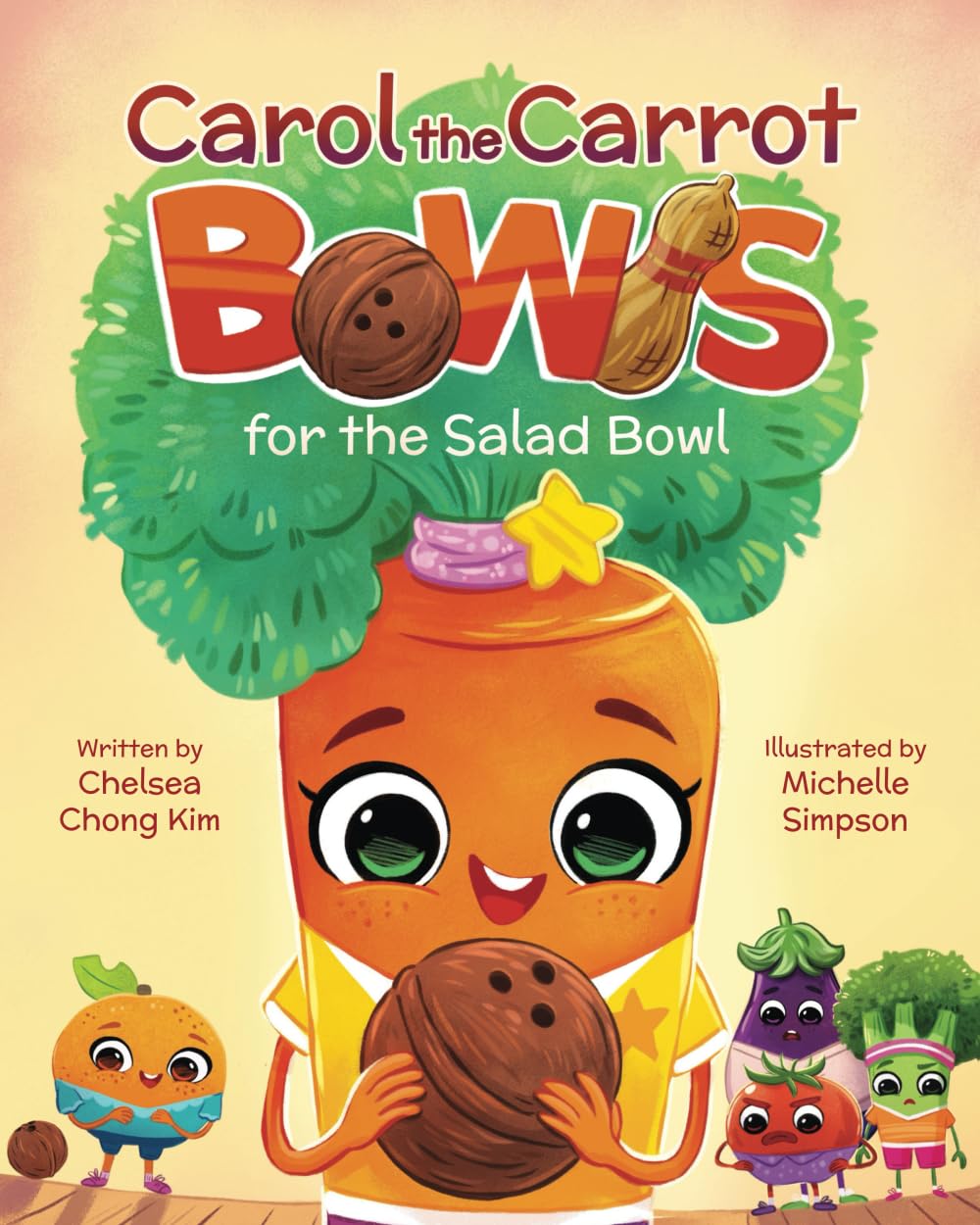In a previous post (Illustration Mediums: Part 1), I listed six of the most common art mediums used to illustrate picture books for children. I briefly discussed the first three: watercolor, acrylic, and pencil.
In today’s post, I will provide examples of charcoal, collage, and digital art.
Charcoal: If the story’s atmosphere is dark, moody, or eerie, then charcoal may be the medium of choice. Illustrators use charcoal or graphite to create bold shadows and striking black-and-white images with a distinctive style.
Charcoal is one of the oldest art mediums. Early humans used it to make images on their cave walls. Charcoal is crumbly, the product of a burning process. Some charcoal is literally a burnt stick (vine and willow charcoal), while other forms are mixed with a medium like wax to change its consistency. Graphite (mixed with clay) is best known as the “lead” in modern pencils. This medium relies on the white of the paper to create light with charcoal shadows. Illustrators create gradation by using varying amounts of pressure or by turning the charcoal in their fingers as they work.
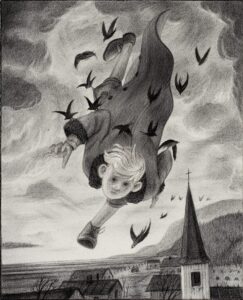
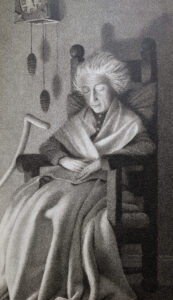
Collage: The collage art form produces illustrations that are incredibly unique, layered, and textured. Many popular children’s picture books are illustrated in this way.
Collage artists use pieces of just about anything, including cut paper, fabric, wire, twigs, or sand, to assemble pictures in a wide variety of styles.
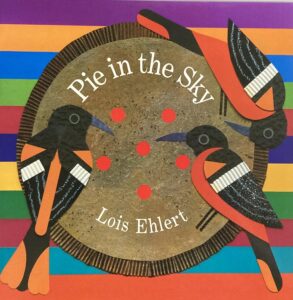
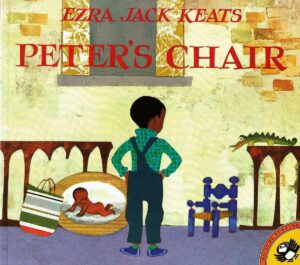
Digital: Digital illustrations are becoming increasingly popular in children’s books. The medium is accessible, incredibly versatile, and precise. The best thing about digital painting is that it can be adapted to almost any other type of style, and can mimic most other mediums as well.
This allows artists to create highly detailed characters or intricate landscapes. The images can be modified more easily than traditionally produced art which makes this medium more flexible.
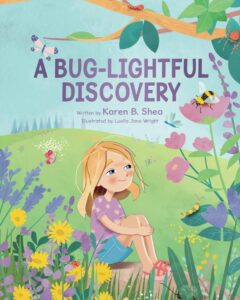
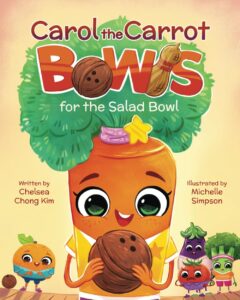
I hope these blog posts about illustration styles and art mediums shed light on what you should be considering as you plan the illustrations for your own book. Keep reading, researching, and refining your own ideas about what appeals to you!
